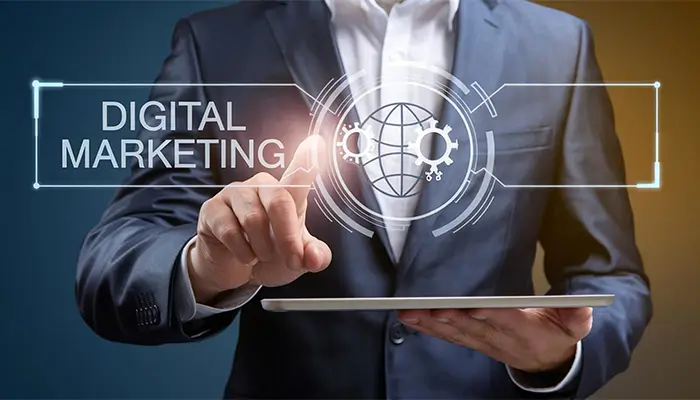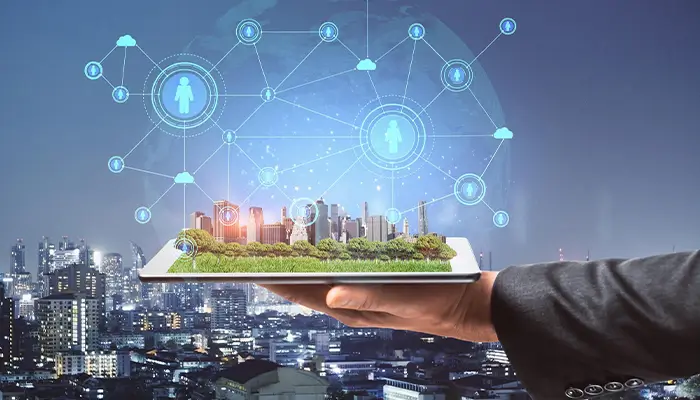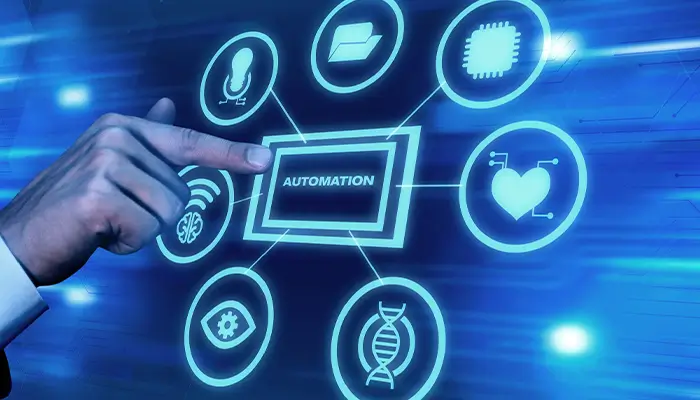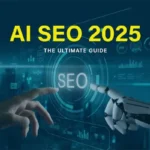
Best AI-Powered SEO Tools Every Marketer Should Use in 2025
September 16, 2025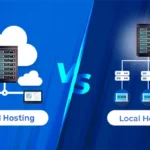
Cloud vs. Local Hosting: Which is Better for Your Website in 2025?
September 19, 2025The world of digital advertising is evolving at lightning speed. By 2025, traditional approaches to paid campaigns have given way to AI-driven targeting, automation and immersive ad experiences. Marketers who adapt to these changes are seeing stronger ROI, while those sticking to outdated methods risk being left behind.
Here’s how technology is transforming digital advertising in 2025 and what businesses can do to stay competitive.
-
AI-Powered Audience Targeting
AI has made audience targeting more precise than ever. Platforms like Google Ads and Meta Ads now use machine learning to analyses billions of data points, ensuring ads reach the right person at the right time.
- Dynamic targeting based on browsing behaviour.
- Predictive models to identify high-intent buyers.
- Lookalike audiences built with AI insights.
Why it matters: Smarter targeting = higher conversions and lower ad spend waste.
-
Programmatic Advertising and Automation
Programmatic ads now account for the majority of digital ad spend in 2025. These platforms use AI to buy and place ads in real time across multiple channels.
- Eliminates guesswork in media buying.
- Allows hyper-personalized campaigns at scale.
- Improves efficiency with automated bidding strategies.
Platforms like The Trade Desk and Google DV360 dominate this space.
-
Rise of Video-First Campaigns
With TikTok, YouTube Shorts and Instagram Reels leading engagement, short-form video ads are outperforming static ads.
- AI tools generate multiple ad variations tailored to audience segments.
- Interactive elements (polls, shoppable links) boost click-through rates.
- Personalized video ads are being delivered dynamically to users.
Example: E-commerce brands can show product demos tailored to each user’s browsing history.
-
Immersive Ads with AR & VR
Augmented Reality (AR) and Virtual Reality (VR) have gone mainstream in 2025.
- AR try-on ads for fashion, eyewear and furniture.
- VR experiences that let users interact with a brand’s virtual store.
- Meta’s Horizon Worlds and Apple Vision Pro apps are creating new ad spaces.
These ads aren’t just seen they’re experienced, making them more memorable.
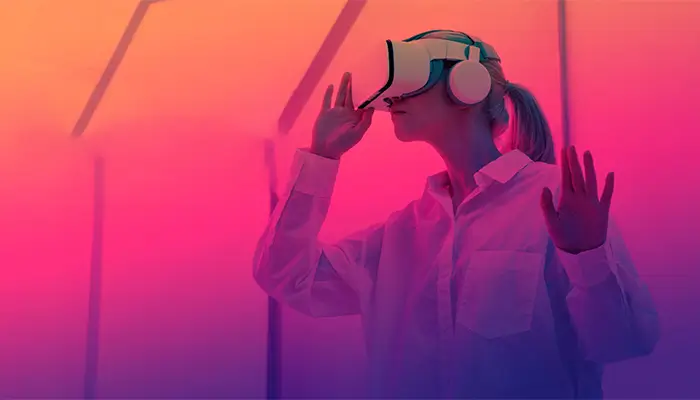
-
Privacy-First Advertising
With stricter privacy regulations (GDPR, CCPA updates and Google’s end of third-party cookies), advertisers in 2025 rely on:
- First-party data collection (newsletters, loyalty programs).
- AI-driven contextual targeting.
- Privacy-safe identifiers for ad tracking.
Brands that build trust and transparency gain a long-term advantage.
Conclusion
Digital advertising in 2025 is smarter, more immersive and more privacy-conscious than ever. From AI-driven targeting to AR/VR campaigns, technology is helping businesses connect with audiences in personalized and meaningful ways.
For small businesses and agencies, the key is adopting these tools early to maximize ROI, boost engagement and future-proof your campaigns.
If you have any questions regarding “Digital Advertising” feel free to contact us. For inquiries and consultations, call us at: +92 321 4808303 or Email us at: hello@owaisgilani.com.
Disclaimer: The information shared on this website is for educational and informational purposes only and reflects my personal views and experiences. While I strive to provide accurate and helpful content, readers should use their own judgment and consult with a qualified professional before making any decisions based on the information here. I am not responsible for any actions taken based on this content. Feel free to reach out to me if you need clarification or have questions before using any part of this information.
